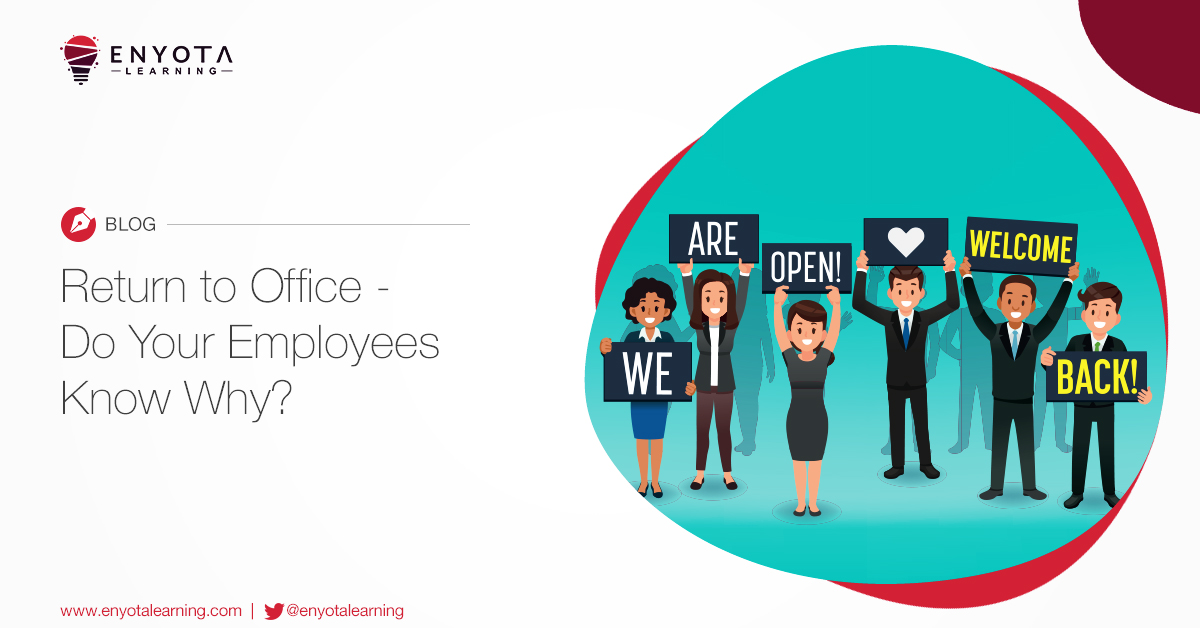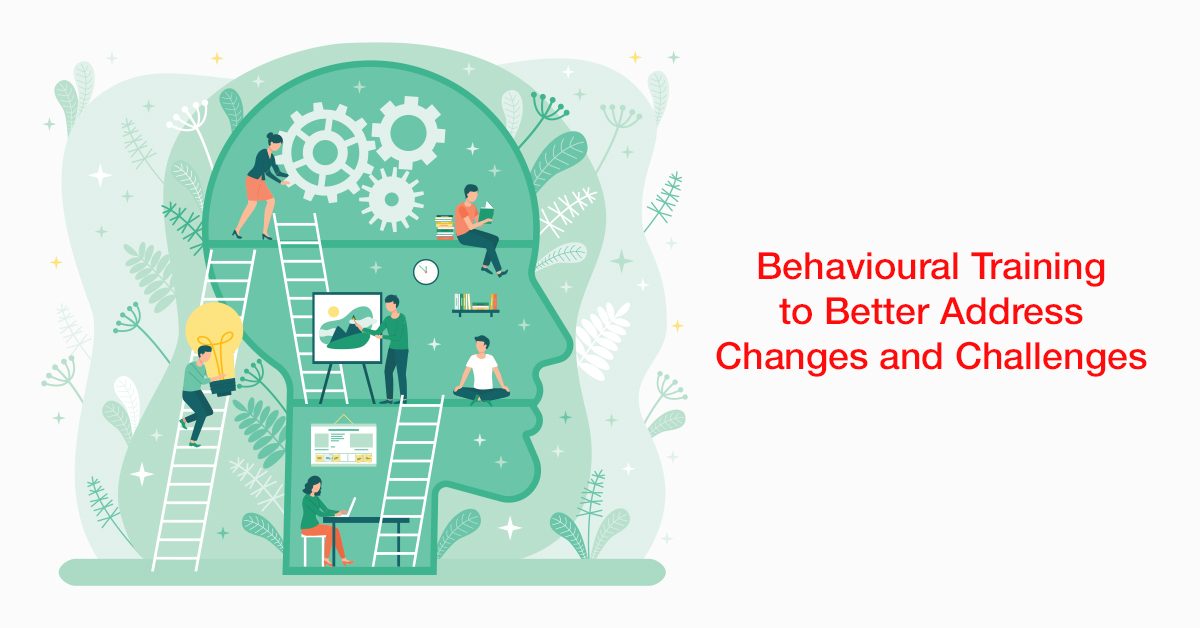
Companies in the United States spent $82.5 billion on training in 2020.
Let’s see why training is more than just an organization’s budget line item. The Deloitte 2017 Global Human Capital Trends report says that “executives identified building the organization of the future as the most important challenge for 2017-2021” Coupled with that is the growing rate of disengaged employees and the falling rate of employee productivity. Training and learning and development initiatives have emerged as powerful arrows to battle these concerns. And yet, when it comes to training programs, the completion rates for the same remain very low.
HR managers and L&D departments continue to be surprised when the number of active participants for training programs don’t meet the expected numbers. Irrespective of the length of the training program. We often find employees escaping from these initiatives citing urgent work emergencies. While employees do start the programs looking to enhance their skills, as time progresses, “genuine” reasons such as that urgent email or that unavoidable client call or that unmissable deadline end up taking precedence over learning. Learning, therefore, often assumes a backseat and becomes a chore.
Employees Want To Advance
Statistics reveal that most employees do not leave an organization because of compensation. Rather, they leave for career growth opportunities. Millennials, who are gradually making up the majority of the workforce, claim that career development and growth are of prime importance to them.
Organizations recognize that comprehensive training programs can contribute to a 24% higher profit margin through an increase in employee productivity. They are driving training initiatives to attract and retain good employees and create higher levels of employee engagement. And yet, most face an ‘employee interest’ crisis.
So why are organizations battling this ‘interest’ crisis? Here’s why.
Competing Priorities
Employees are already battling an overwhelming list of competing priorities like work, deadlines, and meetings, the list goes on. Add making time for training, and you are just asking them to tick a checkbox and create the way for the inevitable conflict.
We need to make training more flexible and available and on-demand to employees so that they can consume it when their schedule allows it.
Show the Value
Many employees skip training programs or do not show interest. This is because they don’t see the value in training. In this age of personalization, if training is taking a ‘one-size-fits-all’ approach, then flagging attendance can be expected.
Organizations need to show employees how the training is going to help them. Like how it will contribute to their personal development. This will ensure that training does not get pushed way down the priority list
Cognitive Overload
To maximize training output and minimize expenses, organizations often organize these marathon training sessions (think intensive day-long programs). Understanding and retaining the volume of information disseminated there can lead to cognitive overload making it almost impossible for ‘learning’ to take place. Resulting in the loss of knowledge very fast.
Short is sweet when it comes to training. Microlearning, interactive training experiences, gamification, video-based learning etc. improve learning and retention and manage to keep the learner engaged, leading to better training outcomes.
Training is Not a Focused Activity
Many training programs are conducted during off or down times. The message that the employee gets is that the training is not important. This is because organizations do not find it compelling to make employees attend the training. Training must be a focused activity. It has to be scheduled correctly, and should be made available for reference in a device agnostic manner.
Is Training Tied to Career Advancement?
Training is a tool to help employees do their jobs better. Also become more productive, and remain relevant in today’s constantly shifting business environment. Employees understand the importance of training. By linking training to career advancement, organizations help employees answer the ‘what’s in it for me’ question comprehensively. It also helps when employees see follow-up activities after the training ends to help them reinforce the skills they have learned. Making training content more searchable and available helps employees understand that this can be a valuable knowledge repository–one they can refer to whenever the need sets in.
To my mind, organizational training now stands at a crossroads. The changing motivations of the millennial employee, the dynamism demanded by the business environment, and the growing skills gap driven by transformational technology development will force training strategies and tactics to change too. Either that or training will not be able to play a key role in the growth of the business and none of us want that, do we?
Get in touch with us by over mail at contact@enyotalearning.com or fill this form to get in touch with us.





